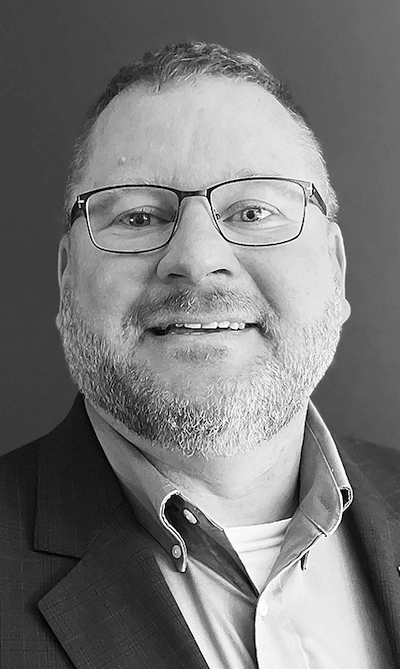
It was a cold January early morning as members of various community-based organizations slowly filed into Housing Help of Lenawee to prepare for the yearly task aimed at gathering data on the homeless, better referred to as unhoused individuals. This federal requirement, known as the Point-in-Time count, serves as the count of people experiencing homelessness on a single day in January all across the country. The Lenawee County Continuum of Care coordinated and planned our count for January 24.
After breaking into teams, groups were provided maps of encampments or locations unhoused individuals were known to stay. We discussed safety protocols and reporting requirements while also understanding we would be entering an individual’s space or encampment most likely when they were sleeping. This strategy offset previous year’s engagement attempts when volunteers found empty encampments during the day, as individuals were within the community. The other struggle we faced was how to enter encampments or living spaces of an individual, strike up conversation, and hopefully get them to share their personal information with a group of complete strangers. Our strategy was to provide organizational information, socks, homemade cookies, personal hygiene products, and tarps. In most cases, a friendly smile and a warm hello was all that was needed to open the door to conversation and start building mutual trust.
My group’s first encounter was with two men, one in his mid 50s and the other in his early 70s, who had both been living openly in the door wells of vacant buildings on Maumee Street. They had a history of housing instability, yet were aware of local, state, and federal resources. The struggle they faced came down to the availability of accessible and affordable housing. Having reached their limit at the shelter, a lack of availability at the Adrian Inn, and no available and affordable rental unit that could be paid for on their small monthly income, both men turned to living in the open elements on the street.
The next encounter was with a woman in her early 50s as she prepared to enter a local encampment. Fearful we were there to “evict” them, stress reduced as we identified our organizations and offered resources. The encampment offered a sense of community and some stability compared to living openly in a door well. Safety protocols were established. As they entered, they notified others with a distinct “call.” They shared spaces and resources while looking after each other and sharing food, heat, and shelter.
One couple in their 50s chose to live in a tent because it was more affordable than the costs of monthly rent and utilities of an apartment given their limited resources and income. A younger man in his early 30s shared his hopes of re-entering college and starting a business. However, his own awareness of his mental health struggles gave him pause as he reflected on his eight years of housing insecurity.
As a community we are fortunate to have the organizations and individuals of the Continuum of Care dedicated to providing supports to our unhoused. However, we must collectively continue to focus on the essential need of growing available and affordable housing for our community.
The Lenawee County Continuum of Care works to meet the needs of Lenawee County’s homeless population. For more information, contact Cara Snyder at [email protected] or Claudia Annoni at [email protected].

